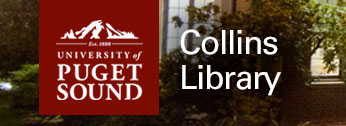Moss Composition Affects Seedling Density of Western Hemlock and Sitka Spruce
Faculty Advisor
Woods, Carrie
Area of Study
Science and Mathematics
Publication Date
Summer 2016
Abstract
Nurse logs at the Hoh National Forest represent a clear understanding of how important habitat heterogeneity is in old growth forests. Looking down a nurse log, you will find various moss species and debris along with seedlings being assisted in germination. By observation, there is an effect of moss composition on seedling density. We found that when moss depth increase, seedling density decreases. We also found that where the moss was the most thick, the moss species that was present was Hylocomium Splendens (Step Moss). We also found that when moss depth decreased, seedling density increased and the moss species that was present was Eurhynchium Praelongum (Slender Beaked Moss). We believe that since step moss grows vertically and acquires layers then it can limit the amount of nutrients seedlings need (i.e. sunlight). On the other hand, slender beaked moss grows horizontally, allowing the seedling to obtain the necessities to grow.
Recommended Citation
Maleta, Katy E. Ms., "Moss Composition Affects Seedling Density of Western Hemlock and Sitka Spruce" (2016). Summer Research. 279.
https://soundideas.pugetsound.edu/summer_research/279
Rights
Publisher
University of Puget Sound
